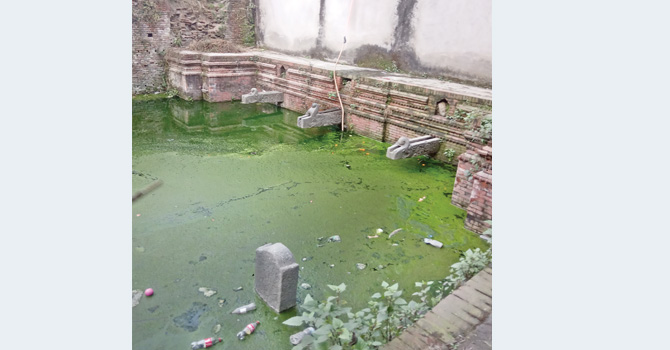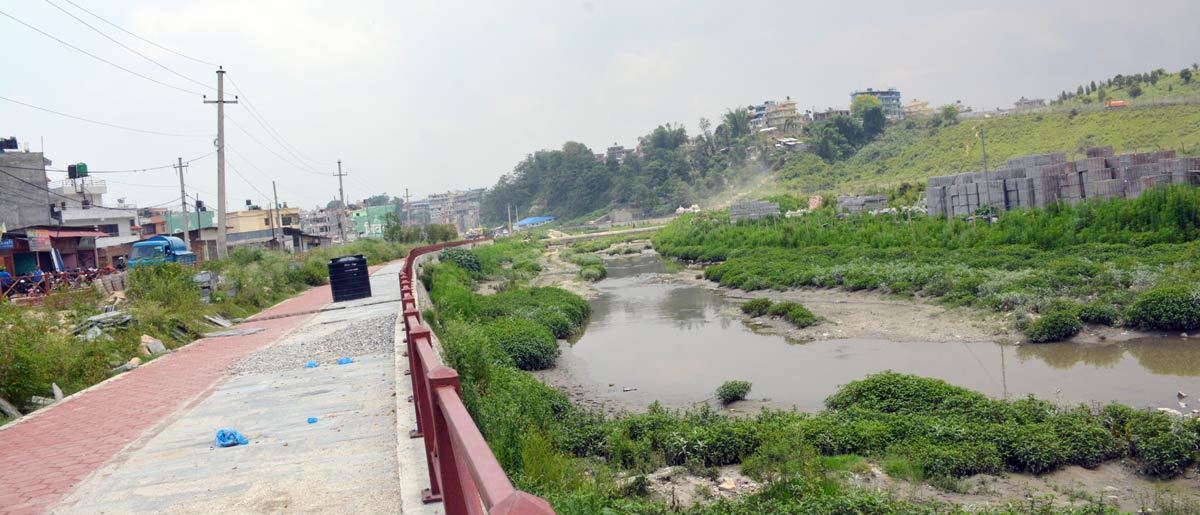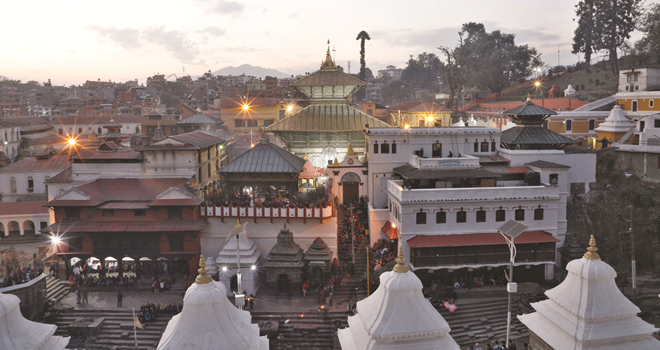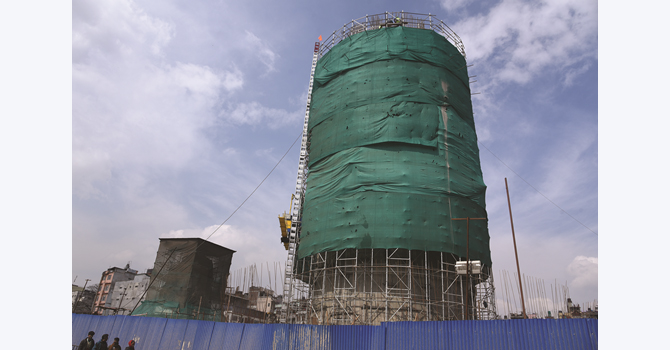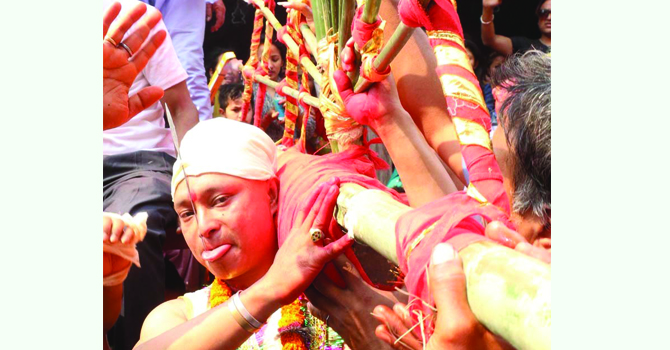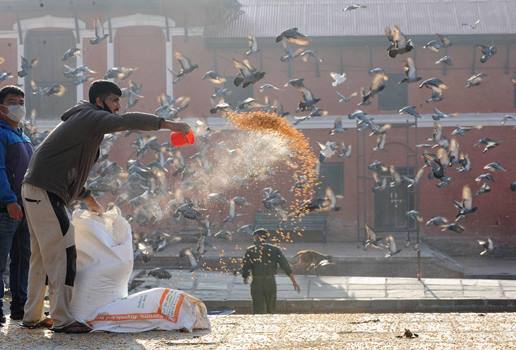DoA in bid to make Panauti, Tilaurakot, Ram Janaki Temple world heritage sites
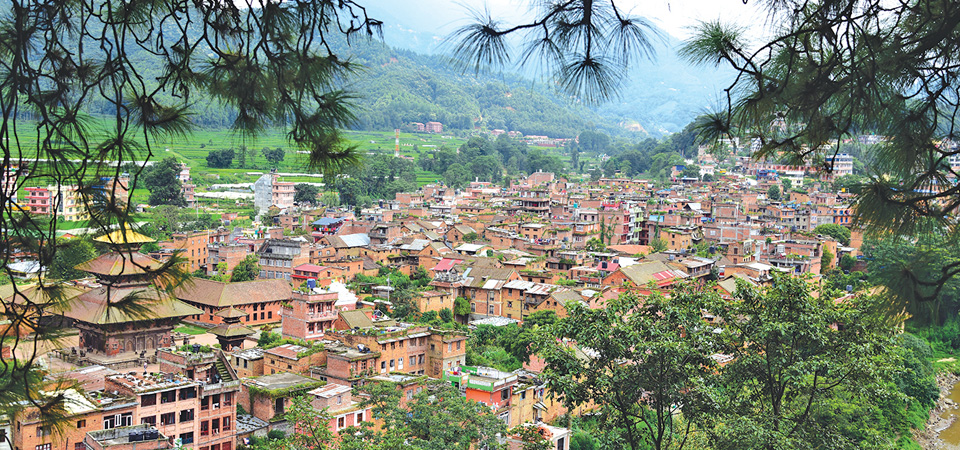
By Binu Shrestha
Kathmandu, July 8: The Department of Archaeology (DoA) has stepped up efforts to enlist the cities of Panauti and Tilaurakot and the Ram Janaki Temple of Janakpur as United Nations Educational, Scientific and Cultural Organisation (UNESCO) World Heritage Sites.
The three are among 15 places of Nepal included in UNESCO’s tentative list, which is an inventory of properties that a state party considers to be cultural or natural heritage of outstanding universal value and therefore suitable for being enumerated in the World Heritage List. The architectural complex of Panauti lying on the confluence of the Roshi and Punyamati rivers and the archaeological remains of the ancient Shakya Kingdom of Tilaurakot have been on the list since 1996 while the Ram Janaki Temple has been on it since 2008. But now, if the DoA is successful in its efforts, they might finally get them listed as world heritage sites.
Suresh Suras Shrestha, information officer at the Archaeology Department, told The Rising Nepal that the sites would need to be presented to UNESCO for endorsement as either independent properties or integrated ones. “We have encountered a few issues in this regard and need to hold discussions to solve the problems,” he said.
Shrestha shared that the Department had suggested the local government to integrate Panauti into the larger Kathmandu Valley World Heritage Site. “But Panauti Municipality wants to get enlisted as an independent entity,” he said.
Usually, the monuments that are similar in nature and share certain common elements are included in the World Heritage List in an integrated manner. The seven monuments of the Kathmandu Valley -- Kathmandu Durbar Square, Patan Durbar Square, Bhaktapur Durbar Square, Swayambhunath, Boudhanath, Pashupatinath and Changunarayan -- are listed collectively as the Kathmandu Valley World Heritage Site.
Monuments that are distinct and unique are listed as independent properties.
Shrestha informed that the documents relating to Panauti had reached the Council of Ministers for final approval. But Mayor of Panauti Municipality Bhim Neupane complained that the Cabinet was taking a long time to process them.
“We submitted the documents four months ago but they are still pending,” he said, blaming the COVID-19 pandemic and political instability for delaying the approval process.
It takes a long time to get sites listed as UNESCO World Heritages and documents need to pass through a strict multi-layered vetting process. Even if the Cabinet approves the documents immediately, it will take two years for Panauti to become a world heritage site; longer if UNESCO feels that the papers do not follow its guidelines, Shrestha explained.
The local people should also be aware of the norms and values of world heritages and accept ownership for a place to be endorsed by UNESCO, Shrestha added, giving the example of Mustang’s Lo Manthang. “The process to get Lo Manthang listed by UNESCO has not moved forward for the last 10 years because of the locals’ refusal. They do not want their city to be a world heritage site.”
Nepal has four UNESCO World Heritage Sites, two cultural and two natural. The Kathmandu Valley and Lumbini are cultureal sites whereas Chitwan and Sagarmatha national parks are natural ones.
Recent News

Do not make expressions casting dout on election: EC
14 Apr, 2022
CM Bhatta says may New Year 2079 BS inspire positive thinking
14 Apr, 2022
Three new cases, 44 recoveries in 24 hours
14 Apr, 2022
689 climbers of 84 teams so far acquire permits for climbing various peaks this spring season
14 Apr, 2022
How the rising cost of living crisis is impacting Nepal
14 Apr, 2022
US military confirms an interstellar meteor collided with Earth
14 Apr, 2022
Valneva Covid vaccine approved for use in UK
14 Apr, 2022
Chair Prachanda highlights need of unity among Maoist, Communist forces
14 Apr, 2022
Ranbir Kapoor and Alia Bhatt: Bollywood toasts star couple on wedding
14 Apr, 2022
President Bhandari confers decorations (Photo Feature)
14 Apr, 2022


